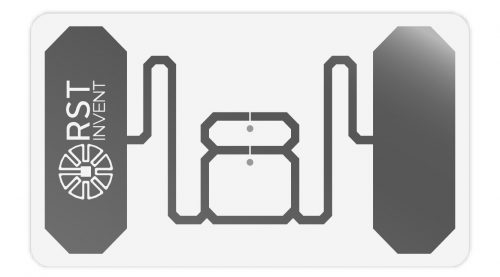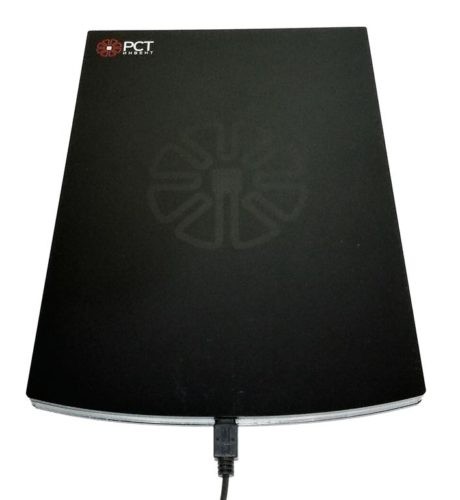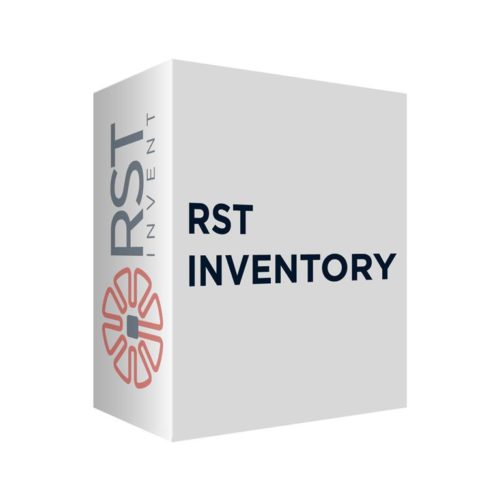Scope of RFID
Scope of RFID is constantly expanding. The technology is in demand in industries where control of the movement of objects, intelligent automation solutions, the ability to work in harsh operating conditions, error-freeness, speed and reliability are required.
In production, RFID is used to record raw materials, control technological operations, and ensure the principles of JIT/JIS and FIFO. RFID solutions in the production provide a high level and stability of product quality.
In the warehouse, RFID is used to track the movement of goods in real time, accelerate the processes of reception and shipment, increase the reliability and transparency of operations, and reduce the impact of the human factor. RFID solutions in stock provide protection against theft of products.
In retail sales, RFID systems track goods at the delivery stages, from the manufacturer to the counter. The goods are put on the shelf on time, are not stocked up in the warehouse and sent to those stores where there is high demand for them.
In the library, RFID helps to find in the repository and give out books to the reader, to prevent theft. Queues for extradition disappear. The time for selecting and searching for the desired publication is reduced, the inventory is simplified.
RFID tags are also used in marking fur coats and other fur products. Each product is marked with a Control (identification) mark with an RFID tag built into it.
Many areas of business and everyday life can be improved with RFID technology. The potential for RFID is enormous.





